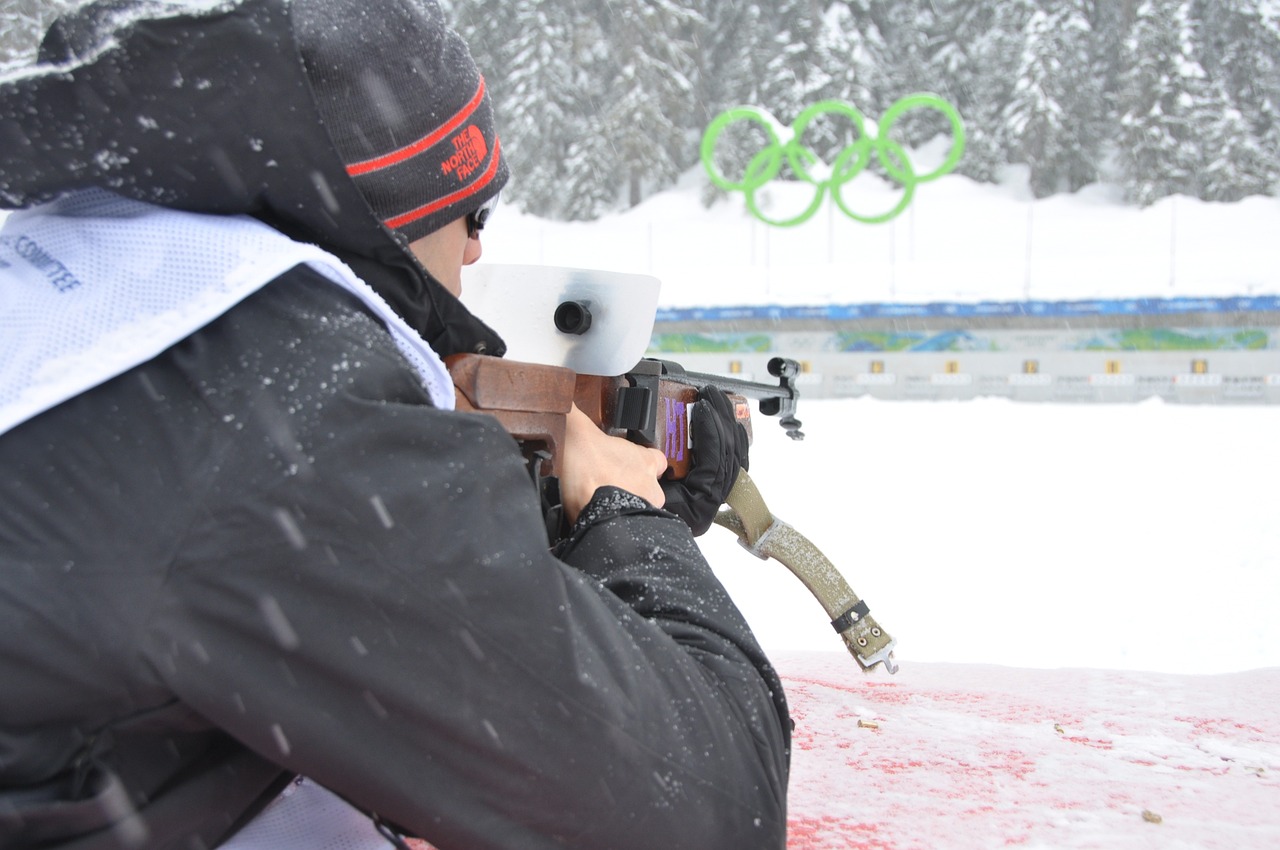Breaking Down the Intricacies of Biathlon: A Blend of Endurance and Precision
Biathlon, a sport combining cross-country skiing and rifle shooting, has its roots deep in the annals of history. It was born out of necessity, a survival skill used by Scandinavian hunters and soldiers since prehistoric times. The sport transitioned into competitive play in the late 18th century when the Norwegian military organized skiing and shooting contests. The biathlon later gained recognition in the Winter Olympics in 1960, evolving into a sport that tests endurance, precision, and strategy.

Understanding the Modern Biathlon: An In-Depth Look
The modern biathlon is a race where the contestant with the shortest total time wins. It involves a combination of cross-country skiing for distance and rifle shooting for accuracy. The sport has several formats, including individual races, sprint, pursuit, mass start, and relay. Each format presents unique challenges and requires different strategies, adding layers of complexity to the sport.
The Science Behind Biathlon: Performance Analysis
Biathlon demands a unique blend of physical endurance and mental fortitude. Athletes need to maintain high skiing speeds while ensuring accuracy in shooting, despite high heart rates and heavy breathing. Research indicates that top-performing biathletes have high aerobic power, excellent skiing techniques, and superior shooting skills. The ability to quickly lower the heart rate before shooting, known as shooting bout recovery, is also a critical factor in biathlon success.
The Ups and Downs of Biathlon: Benefits and Challenges
Biathlon provides numerous physical benefits, including cardiovascular fitness, strength, and flexibility. It also develops mental skills like focus, discipline, and stress management. However, the sport carries challenges. The need for equipment like skis and rifles may hinder accessibility. Additionally, the dual-discipline nature of biathlon requires extensive training, and managing the physiological transition between skiing and shooting can be daunting.
Biathlon in Real Life: Practical Applications and Implications
Beyond being a competitive sport, biathlon skills find practical applications in outdoor survival and military training. The sport also has broader implications. It demonstrates the importance of versatility, discipline, and adaptability—qualities that are beneficial in all walks of life.
In conclusion, biathlon is a fascinating sport that seamlessly merges endurance and precision. Its rich history, unique blend of disciplines, and real-world applications make it a compelling topic in the world of sports. With its ever-growing popularity, the biathlon continues to inspire athletes worldwide, pushing the boundaries of human endurance and precision.




